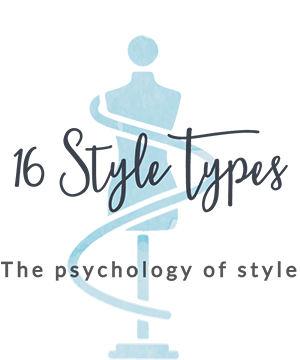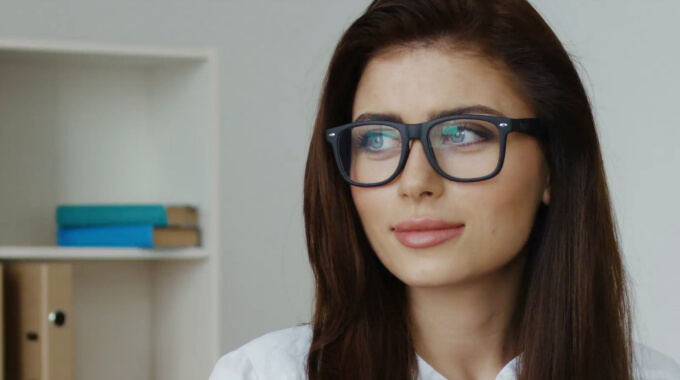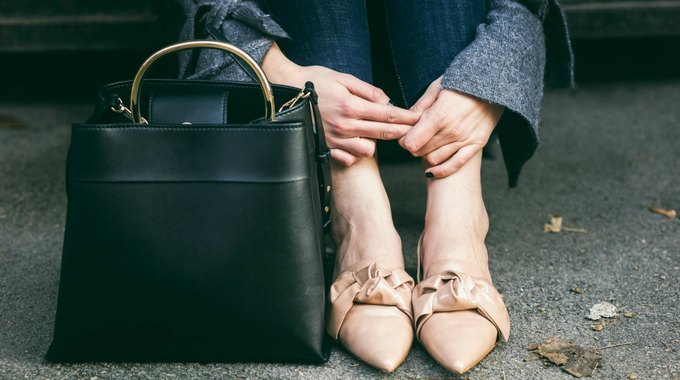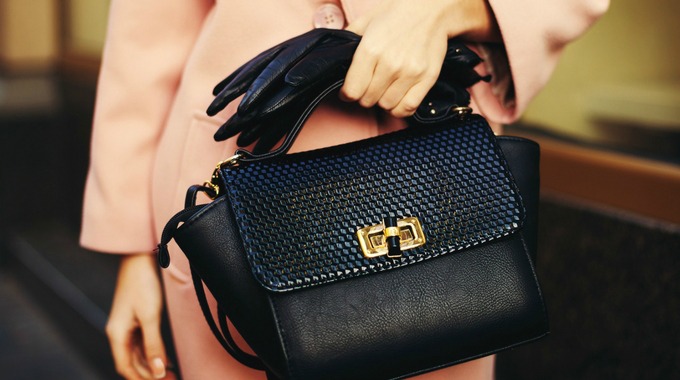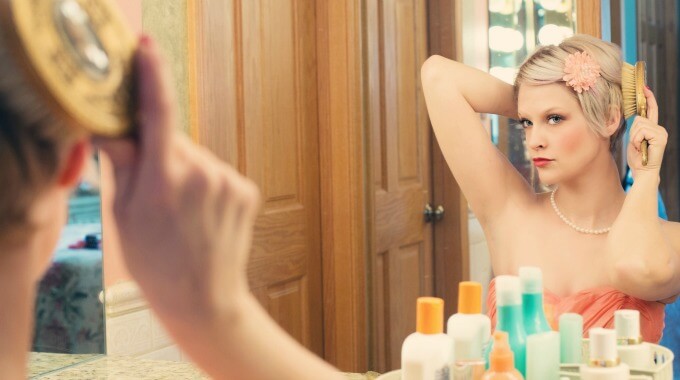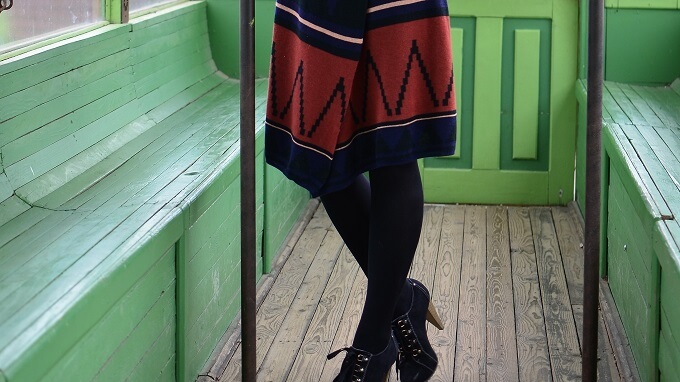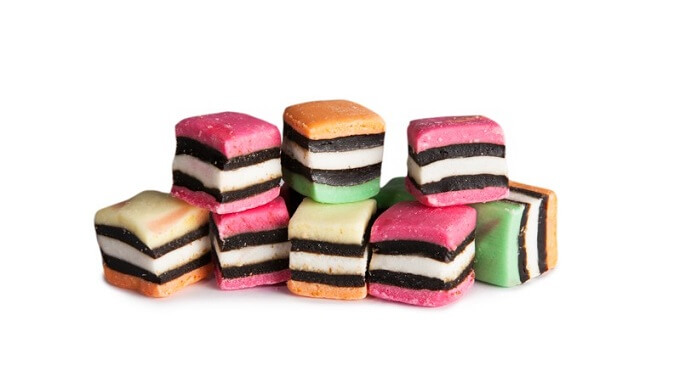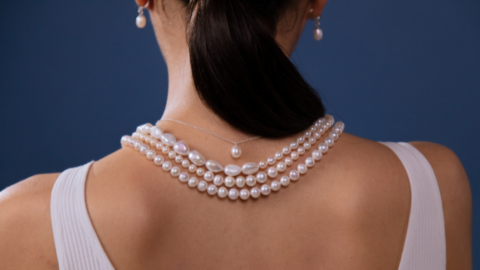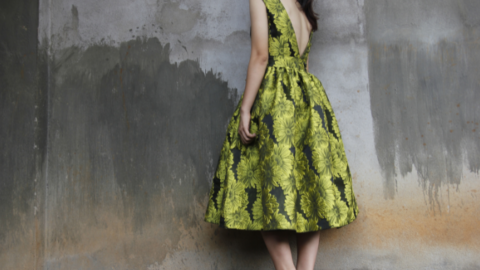Whether it’s a driving need for uniqueness or proven principles that lead the way, style is deeply, truly and conclusively personal. Each of the 16 style types has very different needs and motivations when it comes to identifying their sense of style. In this article we’re going to discuss the Effective Stylist, ESTJ: The Style Traditionalist.
Let’s Set The Stage
Here at 16 Style Types we differentiate between style essence and style expression, and our focus is on style essence. Which is why you won’t find any specific style advice on your style expression in this article such as which colors, silhouettes, styles of clothing, brands and so on will suit you – and that’s because your style essence doesn’t determine or necessarily indicate what those elements of style expression are.
Women with the same Style Type, for a variety of important reasons, may not find the same kinds of clothing suit them. What they will have in common, though, are similar ways of acquiring trusted information, evaluating options, making choices, and experiencing style in significant ways, which are the concepts we focus on in this article.
Any images in this post are to act solely as possible interpretations of the spirit of this Style Type, (not as a literal example of what this Style Type may wear, might suit them or what they may choose to wear, and certainly not as a recommendation of what they should be wearing). The images exist only to illustrate and illuminate, not mandate or dictate.
The articles are also published in their Style Type pairs showcasing images which may serve to illustrate the differences (again in essence) in those pairs – so here that means ESTJ with ISTJ.
The Effective Stylist, ESTJ: The Style Traditionalist
For many ESTJs style is a sense of fashion that fits the person quite uniquely. It’s how you portray yourself to the outside world, how you pattern yourself.
“For me, the most important thing is that clothes are appropriate. If I think I’m inappropriately dressed I want to open a hole in the ground and fall through it. I always want to be appropriate. If I ask what the dress code is of my husband, and he doesn’t know, I don’t want to go. And if I turn up somewhere and am not appropriately dressed, I would apologize profusely to everyone, become a pain in the neck as I do this to everyone. I wouldn’t leave because that would be ruder, but I would feel uncomfortable all evening. If I knew the host well enough, I would ask to borrow something more appropriate. I would try to fix it”.
ESTJs excel at mobilizing people and projects. They value order and efficiency and are often upholders of traditions, protocols and procedures that have been established based on sound logic, relevant past experience and the best and most logical way of doing things. Invested in the outcome of any endeavor they are part of, ESTJs bring a sense of momentum, stability and order to everything they are involved in.
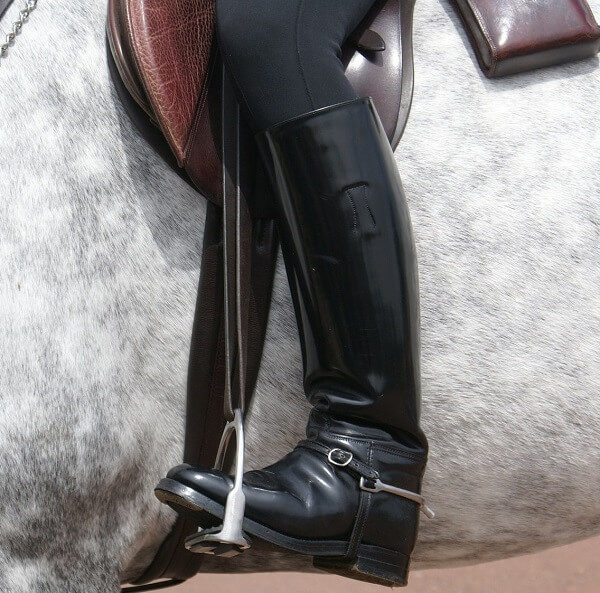
Protocols ESTJs can use to find their style
Here’s seven protocols the savvy ESTJ can use to find her style.
Style is a resource and tool
For ESTJs, their style journey is often an accepted part of getting ahead in life and in work. Style and image matter, personal presentation is important, and being appropriate is everything.
The ESTJ is usually on board with the idea that she is well served by paying attention to her style, although it isn’t usually a huge interest or something she will spend excessive time on. She wants her style to serve her interests, to present her as polished, professional, pulled together – then she wants to go do something else.
Learn your style rules
ESTJs value existing procedures, protocols, rules and norms – if they are proven to be logical and sensible. ESTJs are encouraged to find the style rules they can rely on, that make them feel comfortable, and provide them with the tools to uphold their most cherished style values (often around efficiency, balance and appropriateness).
Comfort is important
Many ESTJs report they are far from being a slave to fashion when it comes to comfort – shoes must be comfortable, for example, not just look good. They need their clothing to be comfortable on their bodies, to not pinch or rub, pull or confine. Anything they can’t work in (often for hours), won’t make the grade – they want to get on with things, not be fooling around with what they’re wearing.
Find an efficient workable style system
Less concerned with uniqueness than finding a reliable, workable style system, ESTJs tend to close in on a style approach that works for them and stick to it, repeating the process over and over, such as continuing to purchase and wear a similar kind of item or accessory because they know it works.
This can be a real style strength for the ESTJ who values efficiency and order and enjoy working with a detailed plan of action. The stylish ESTJ will be at her best when the key aspects of her style (wardrobe organization, getting dressed for the day process, laundry/maintenance, even packing) are ordered, organized and systemized.
Reduce the potential for disorder and stress
ESTJs can find themselves feeling pressure and even a little anxiety if things are disorganized for too long and there is too much open ambiguity. With a driving need to close off options, decide and move on, the stylish ESTJ is encouraged to balance this need for closure with keeping options long enough to make the right style decisions – one she won’t regret later because they were made too hastily.
Trust your own judgment when shopping
ESTJs are adept at sharing their viewpoints with others and this is an advantage when shopping with others, especially if they have different expectations and opinions about style (and the ESTJ style in particular!).
If she is shopping with others, the ESTJ is encouraged to remember that her own opinion is as valid, if not more valid, than others when it comes to her style decisions and approach. Not ones to take criticism or feedback too personally, ESTJs are naturally advantaged when it comes to fielding and making use of (including ignoring) the opinions of others.
Don’t let style slip
The turning point is often recognizing, usually through an external prompt or piece of feedback, that her style has become limited, presenting as staid and lacking innovation. This often comes from neglecting the need to keep style current, resisting change, and believing style is “done”. This is where ongoing attention to style can be useful to the ESTJ, to keep her style fresh, and her look current and polished.
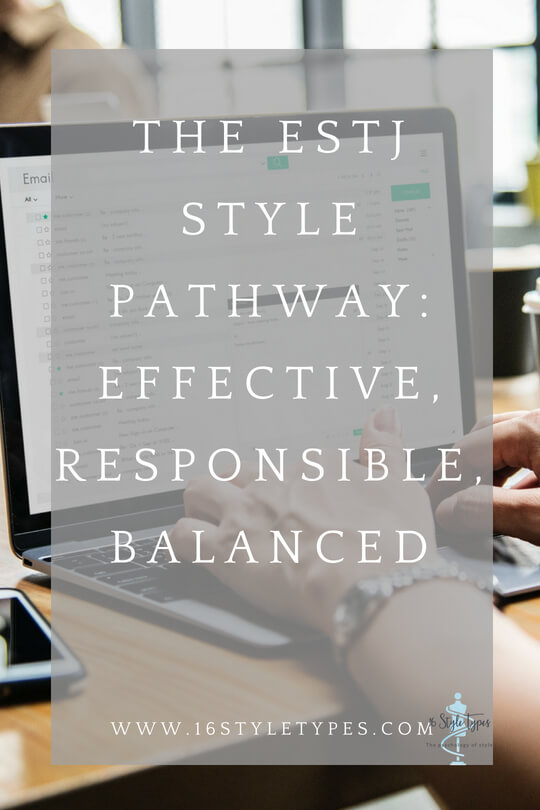
Summarizing ESTJ Style
Stylish ESTJs can use their naturally decisive natures to ‘get style done’ and use it effectively and efficiently to help them get where they are going. ESTJs have an effective, traditionalistic style when they are their stylish best.
In the style blueprint (part of the ESTJ Style Report which you receive when you discover your style type), we describe four stages an ESTJ is likely to go through as she explores and discovers for herself what style is, and means, to her – an invaluable resource for the effective stylist, the ESTJ in charge of her style pathway.

